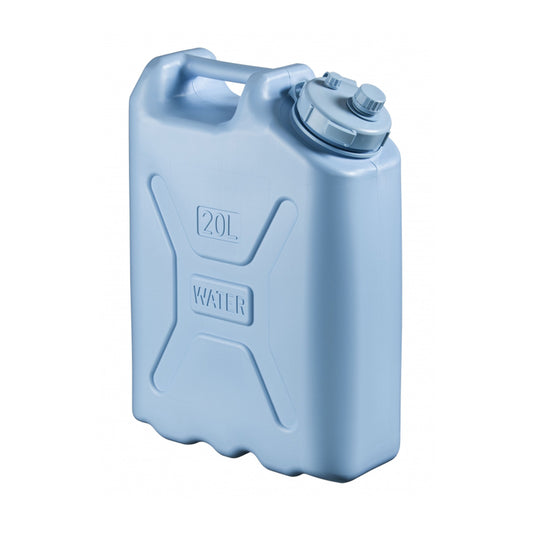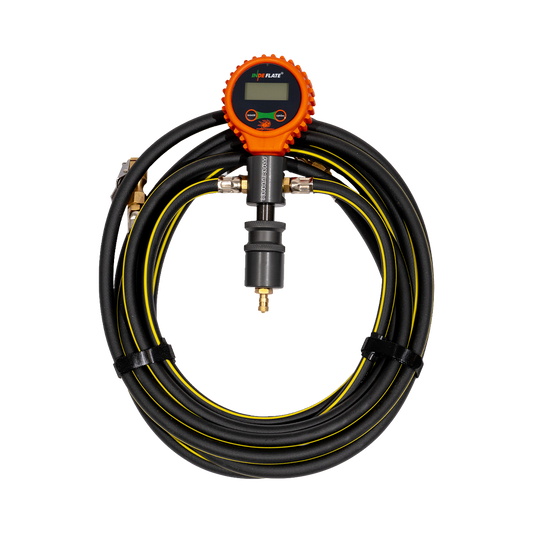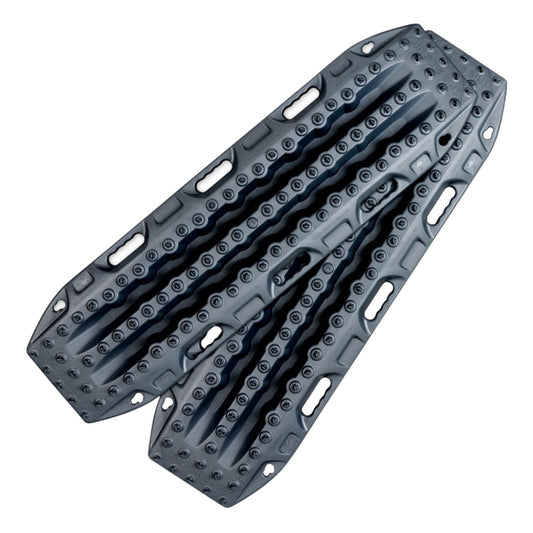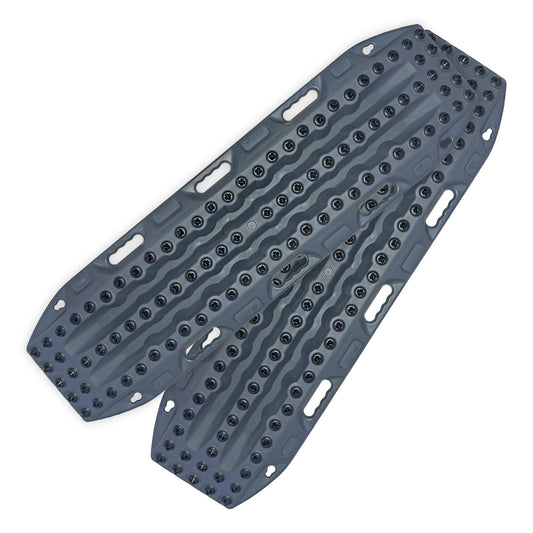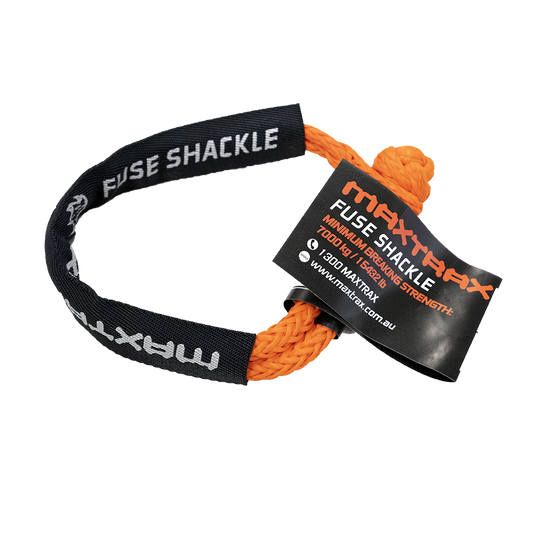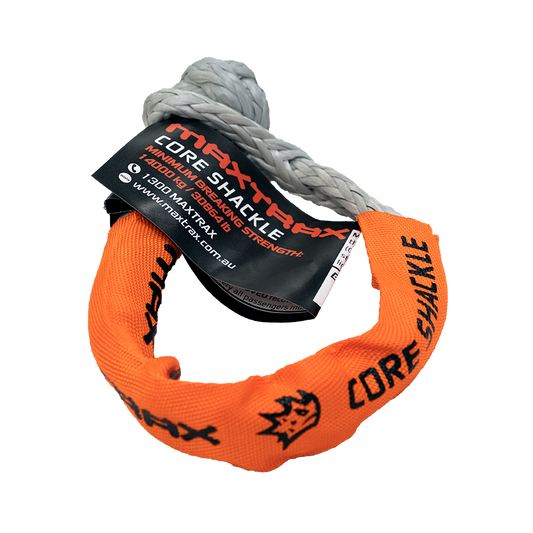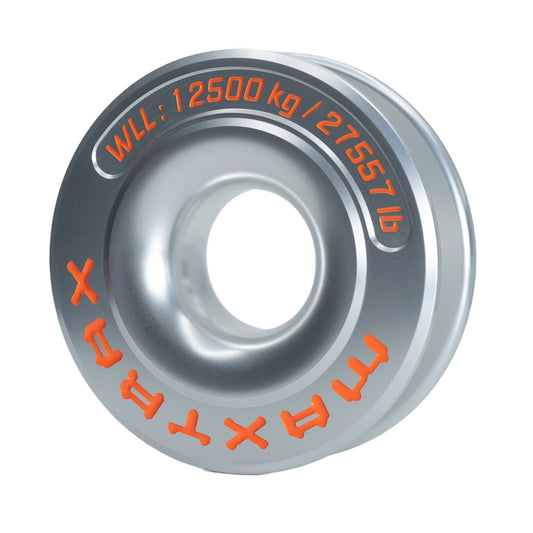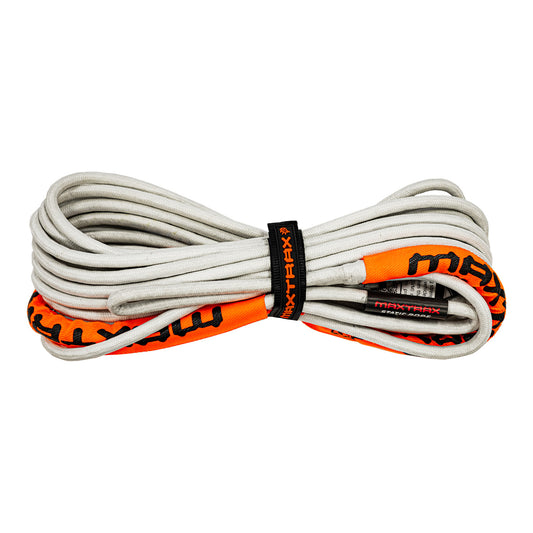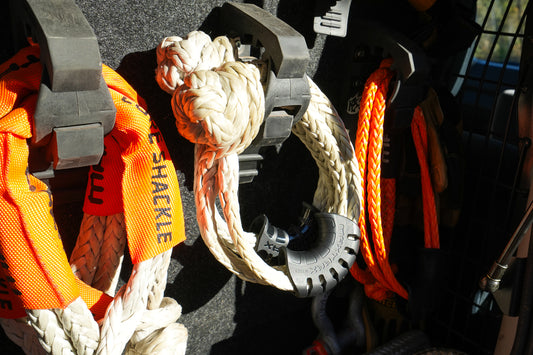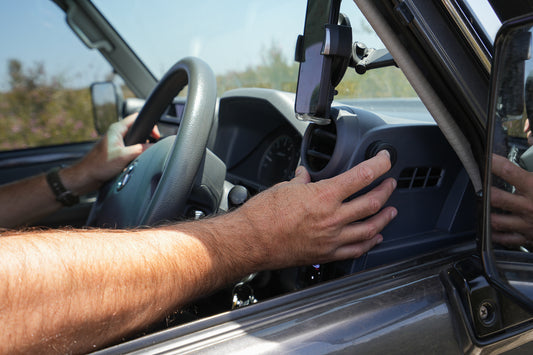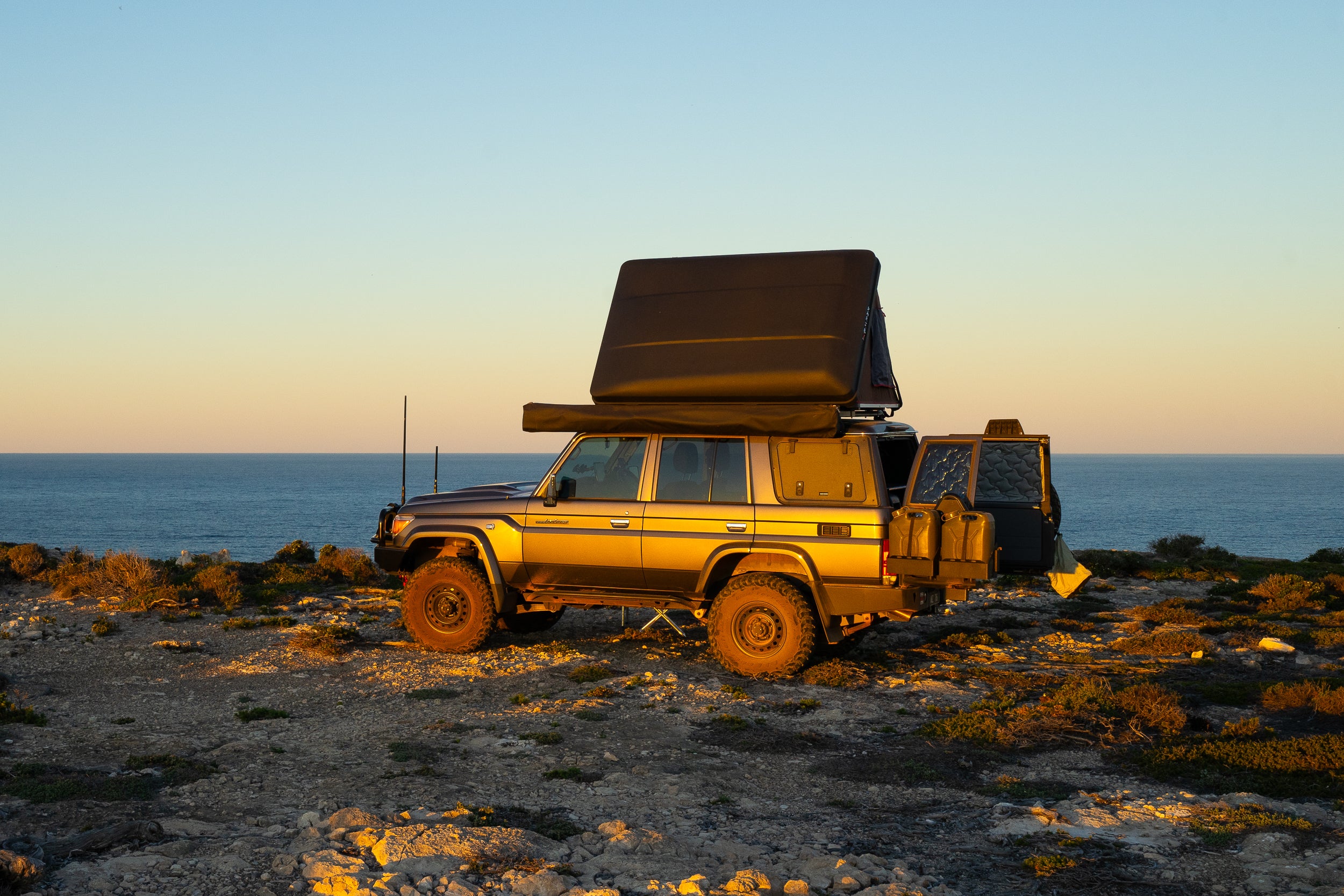Towing isn’t for everyone or for everywhere, but if it’s a struggle to squeeze everything in (and on), or you’re worried that you might be overloading your vehicle, it could just be the solution.
Overloading is of interest to us primarily for safety reasons. This is an often overlooked area simply because for most of the time, it does not cause any significant issues. Yet, the consequences can be expensive, or worse, fatal.

There’s always been a lot of discussion on this subject, so it’s worth gathering the information that’s relevant to your setup.
With a quick search you should be able to find the Gross Vehicle Mass (GVM) of your vehicle. The GVM is the maximum weight the experts deem your vehicle can safely carry. This is an ‘all in’ weight so to speak, so it includes:
- The 4×4
- ALL of the accessories – bull bar, winch, drawers, roof rack…
- Tools and recovery gear
- Fuel
- Passengers
- Camping gear
- Personal gear
- Fridge, food and water
- Toys – kayaks, mountain bikes, surfboards…
The easiest option to get an idea of your loaded weight is to load up a day early on your next trip and swing by a public weigh bridge – our local is open 24/7 and charges $36. For accuracy, be sure to have full fuel and add in the weight of the passengers.

The terminology can get quite confusing. So attempting to keep it simple:
GVM – ACTUAL LOADED WEIGHT = SPARE VEHICLE PAYLOAD
If this number comes in as a negative, you’re officially overloaded.

As an example let’s look at a brand new Toyota LandCruiser 200 Series GXL (LC200). The LC200 has a GVM of 3,350kg and a kerb weight of 2,740kg. The kerb weight is the empty weight of a new vehicle – no accessories – but it does include oils and full fuel (for the LC200 GXL this is 136 litres).
So the spare vehicle payload of an empty (no gear or people) and accessory free LC200 is:
3,350kg (GVM) – 2,740kg (kerb weight) = 610kg
610kg sounds like a lot of weight, until you make a rough list and start adding up the weight:
- A family of four
- Bull bar and tow bar
- Roof rack
- Drawers
- Fridge
- Second battery
- Cargo barrier
- Gear
It quickly adds up.
For many vehicles, a GVM upgrade is possible. These typically involve the replacement of the suspension with a system that has been deemed able to carry additional load. Combined with compact camping gear, this is an option that can certainly work well.

While camper trailers are great – and we’ll be getting to those – when talking about being overloaded, we’re focusing on simply getting weight out of the 4×4 and onto another set of wheels.
At the simplest end, an off-road gear hauler can do the job.

With shade, accommodation, kitchens and often showers, camper trailers certainly offer a lot. However, from a weight perspective, some research is still warranted.
The camper trailer’s tow ball weight represents the weight that will be placed on the 4×4. Most of the weight is balanced on the trailers wheels but this tow ball weight unfortunately still needs to be included in your GVM calculations. So if this is 100-150kg, it will need to be considered.
Next up. Trailers like vehicles have a maximum load limit which is known as the Gross Trailer Mass (GTM). Lots of camper trailers are close to the GTM from factory as their payload is often consumed by the creature comforts that comes with it. So if you’re thinking a camper trailer can solve your overloading issues, you’ll want to calculate it’s spare payload.
GTM – TRAILER WEIGHT = SPARE TRAILER PAYLOAD.

This SPARE TRAILER PAYLOAD is what’s available for the gear you might want to get out of your 4×4:
- Firewood
- Extra fuel
- Gas bottles
- Water
- Food, camp ovens and kitchen gear
- Chairs
- Tables
- Bikes


The final consideration is what’s known as the Gross Combined Weight (GCM) of your vehicle. This is the maximum permitted weight of the vehicle plus what it is towing.
From the GCM we can calculate how heavy a trailer we can tow:
GCM – VEHICLE LOADED WEIGHT = MAXIMUM LOADED TRAILER WEIGHT
While the LC200 has a GCM of 6,850kg, for many vehicles this is much smaller, so it’s important to choose a trailer that suits your vehicle and to be realistic with loaded weights.

For this weigh in the Prado was fairly empty of gear and the DRIFTA DOT 6 camper trailer was fairly full. The Prado weighed in at 2,650kg and the DOT 6 was 1,400kg. The DOT 6 tow ball weight was 100kg.

It’s important to ensure the GVM, GTM and GCM of a setup isn’t overloaded. A few simple calculations will help you know where to begin to improve your setup, or what to look for in a new 4×4, trailer or camper.
Founder of Adventure Curated, Mike has spent his life outdoors. He has represented Australia as a slalom kayaker, guided whitewater expeditions in Nepal, and taught outdoor education and wilderness medicine. He’s paddled the Kimberley’s Fitzroy River in the wet season, across the Bass Strait and has explored many of Australia’s remote areas by 4x4.








